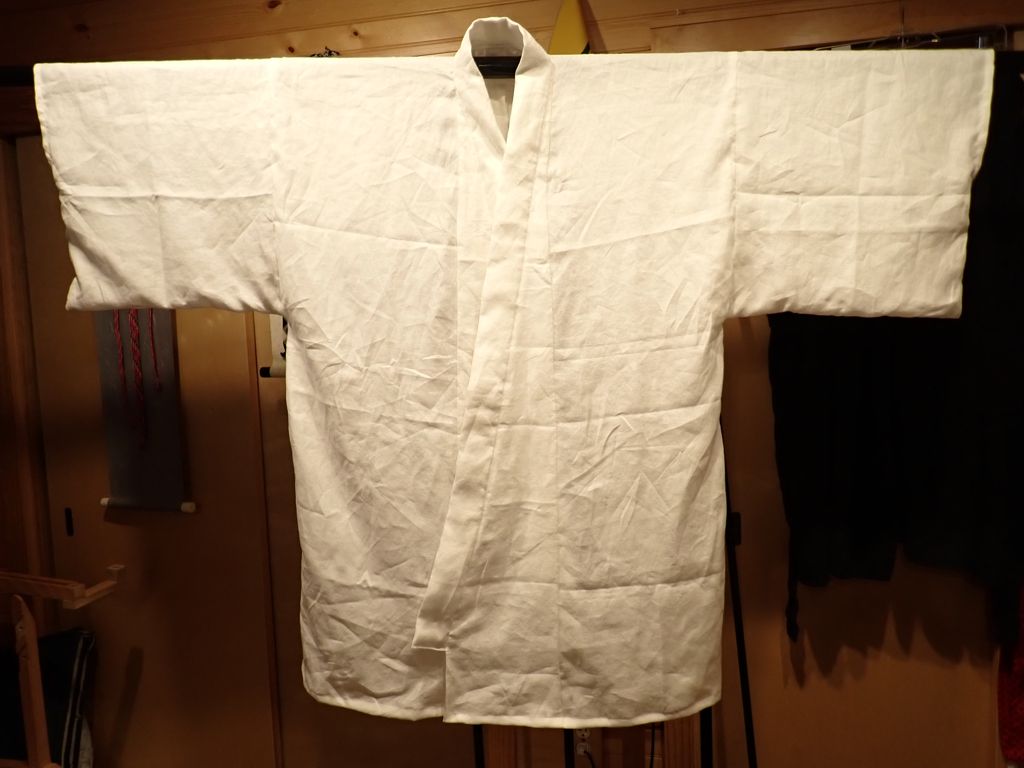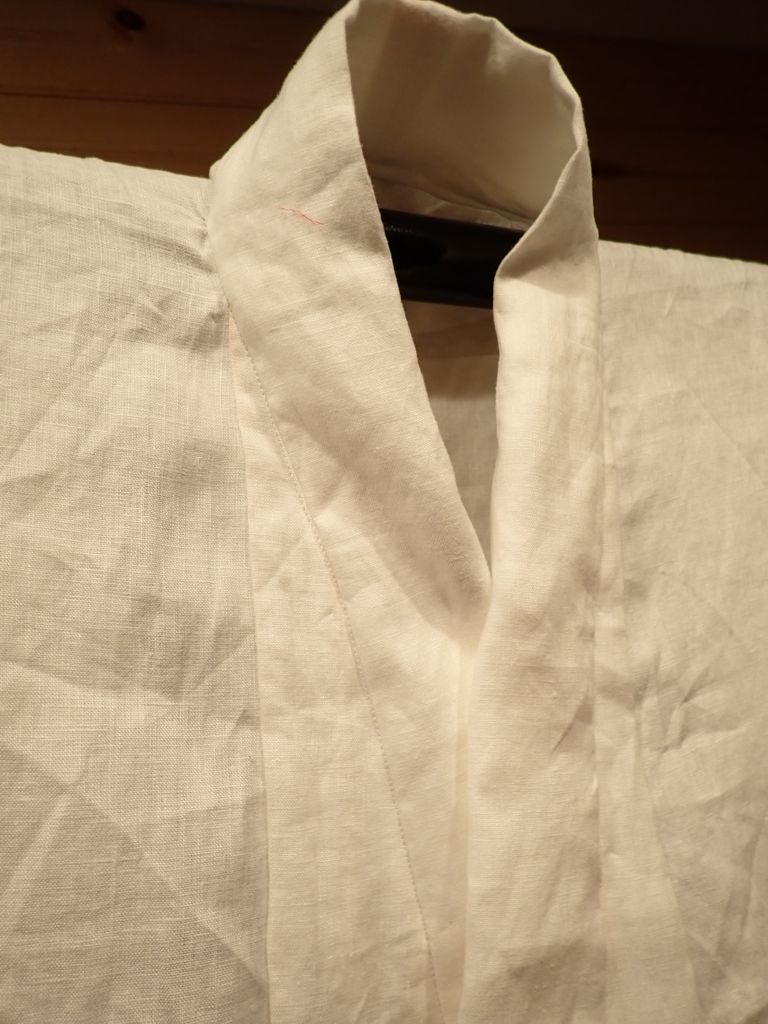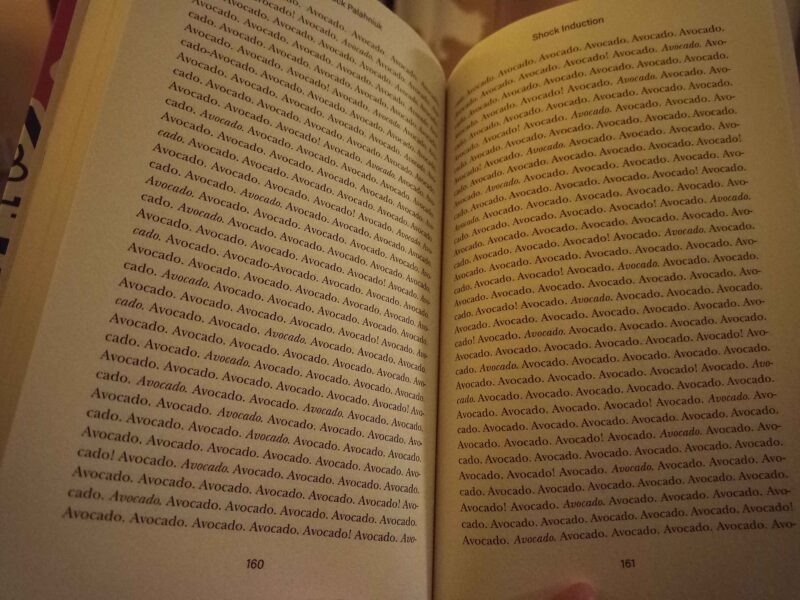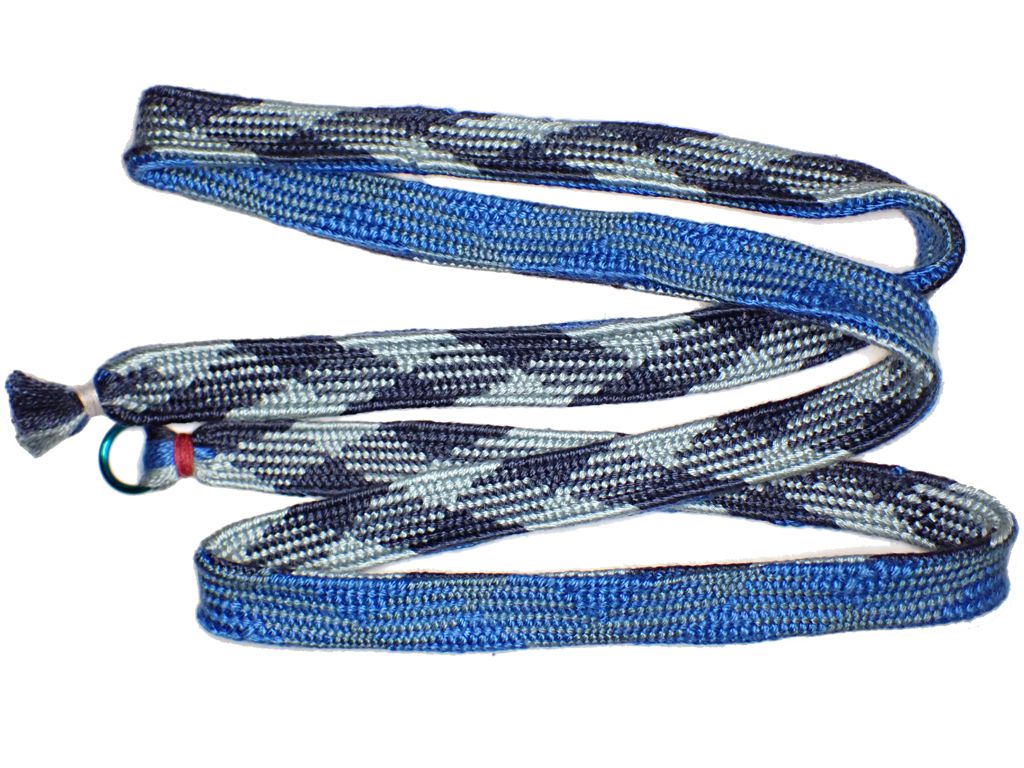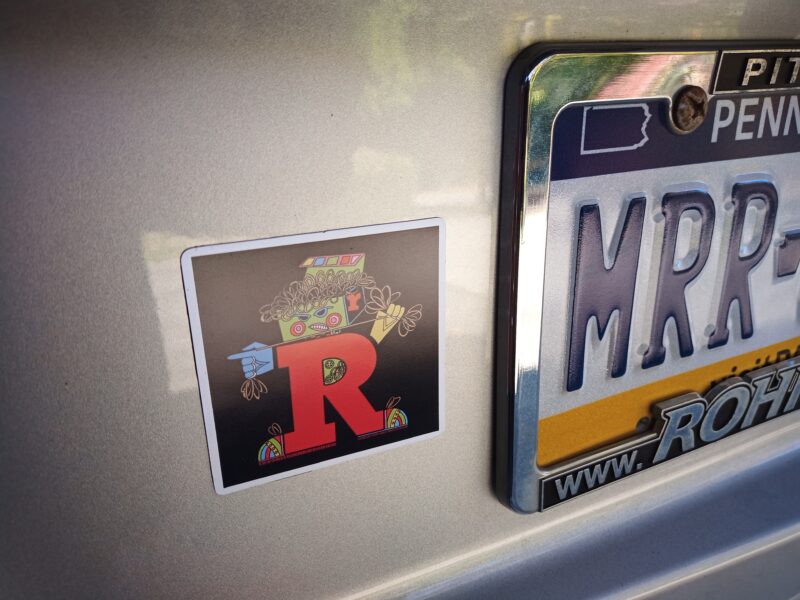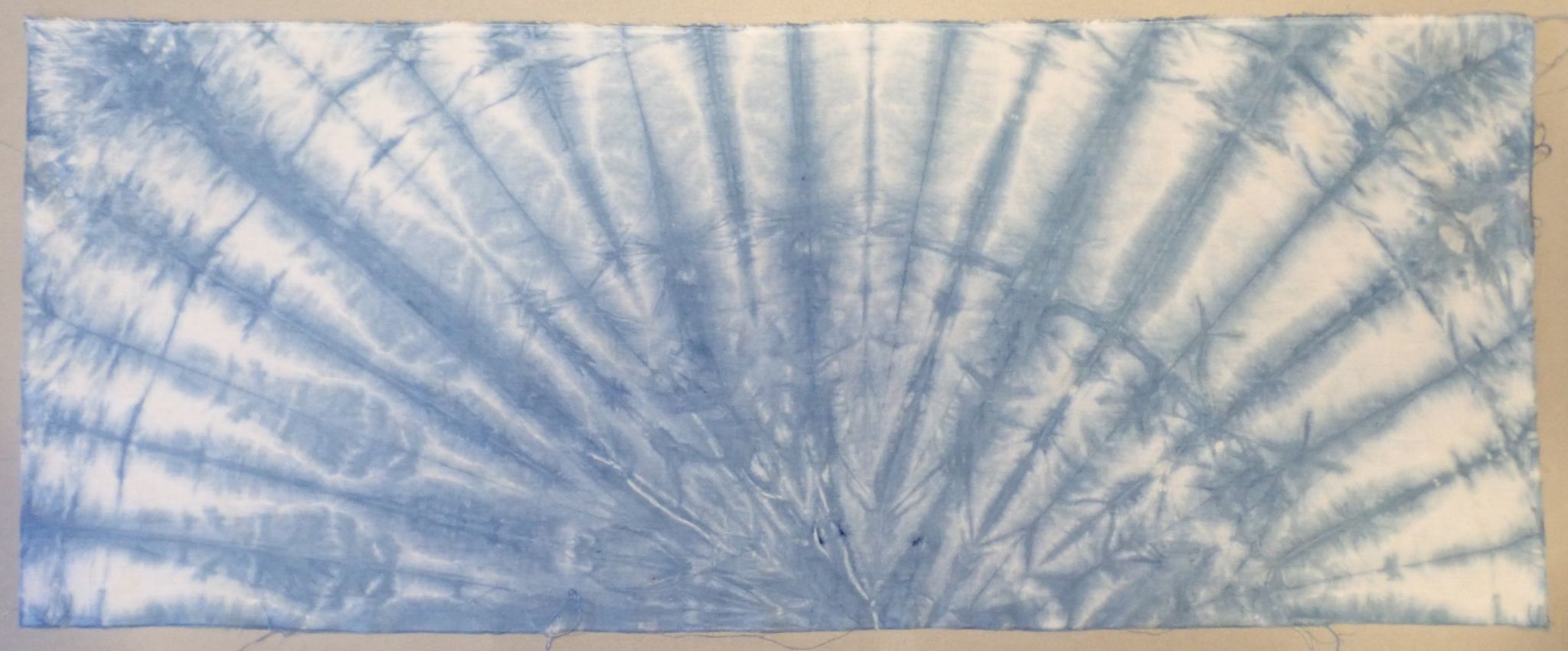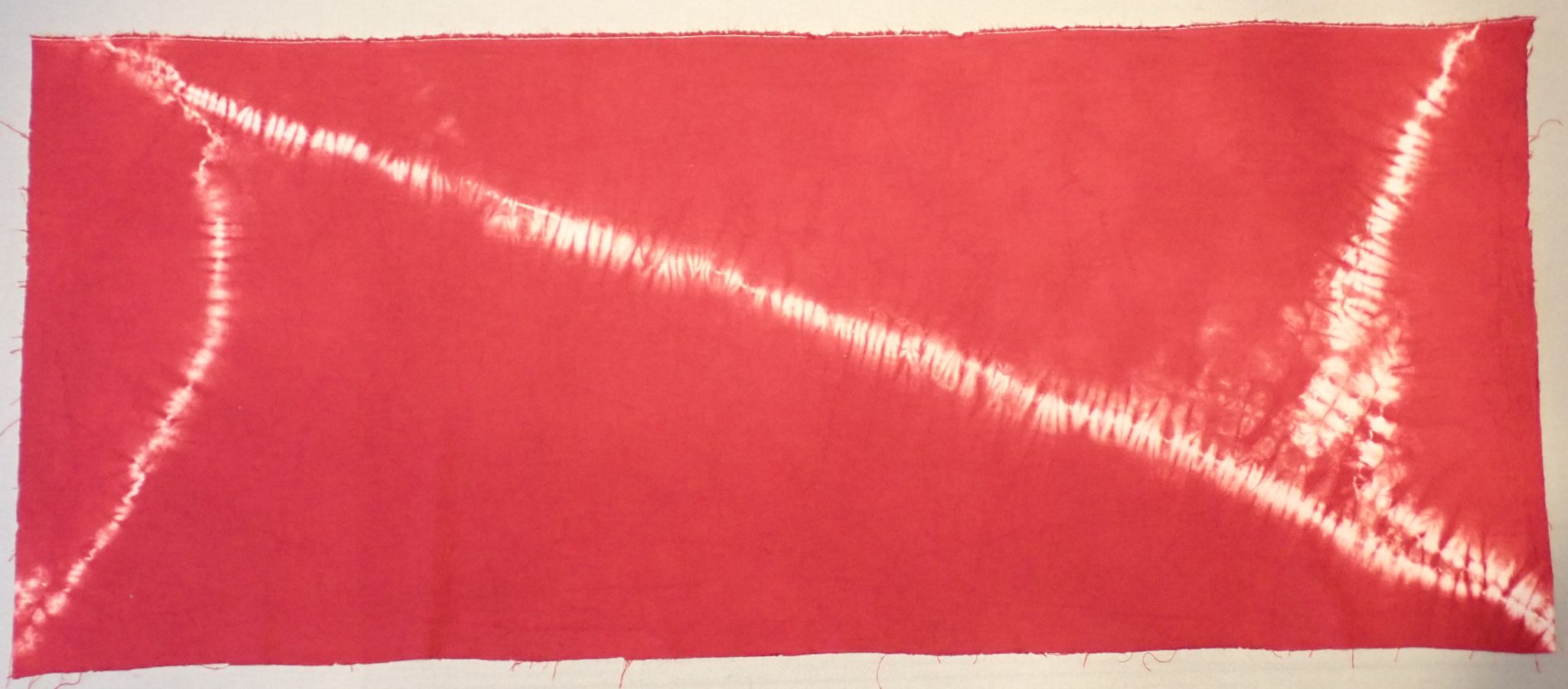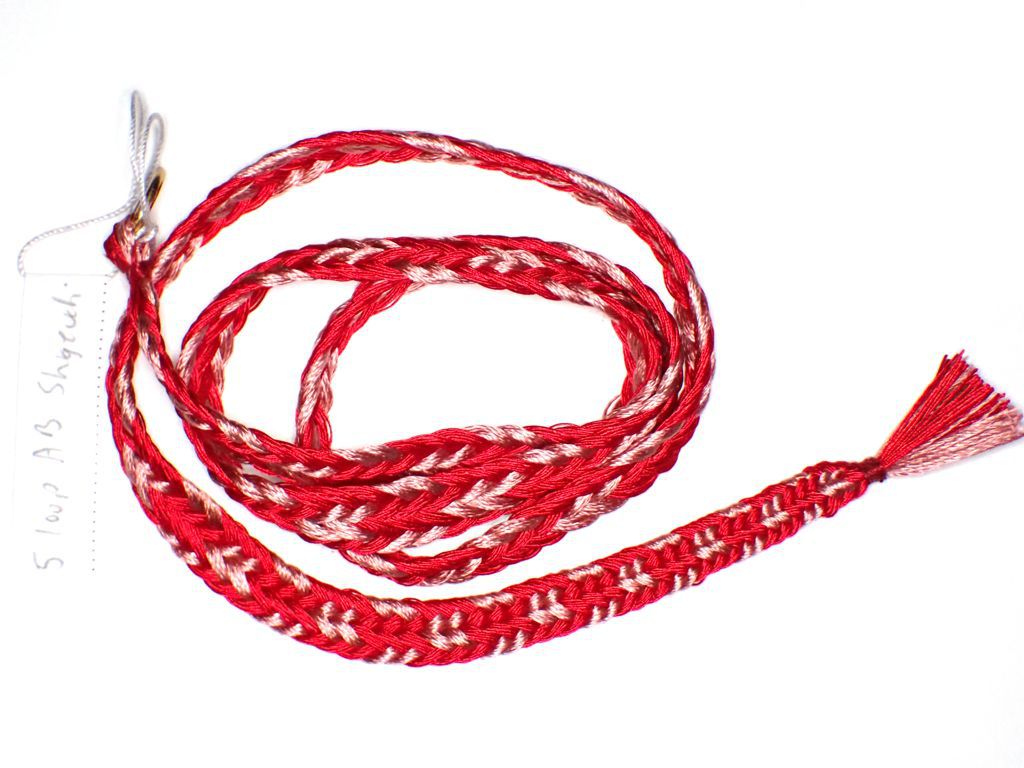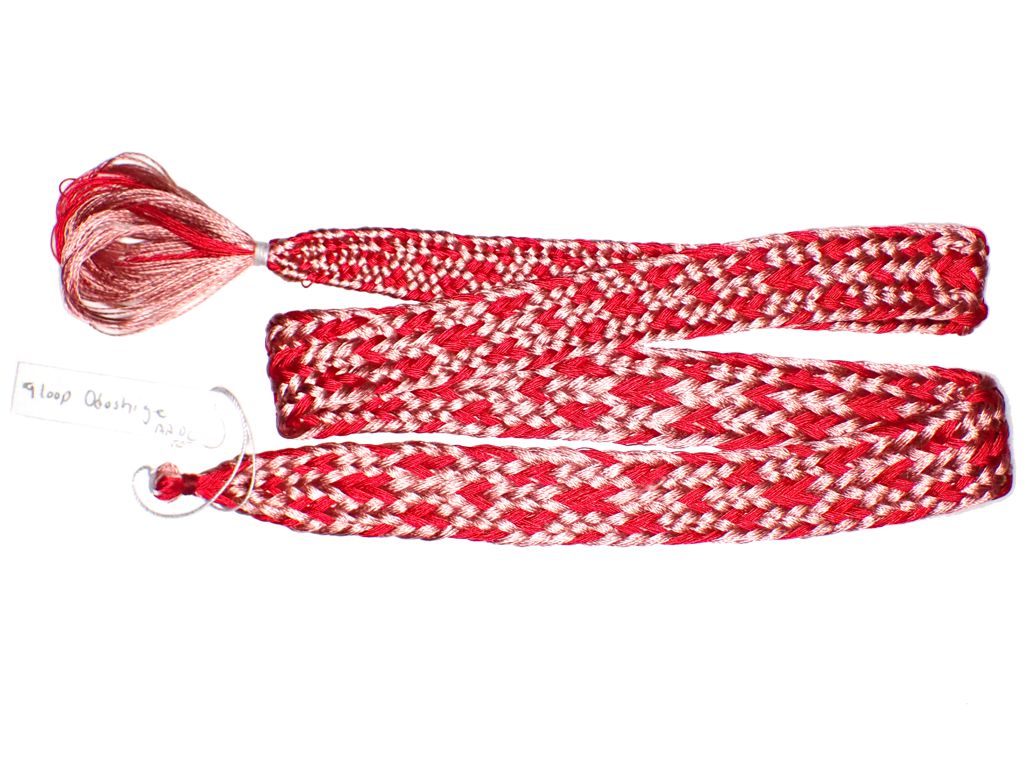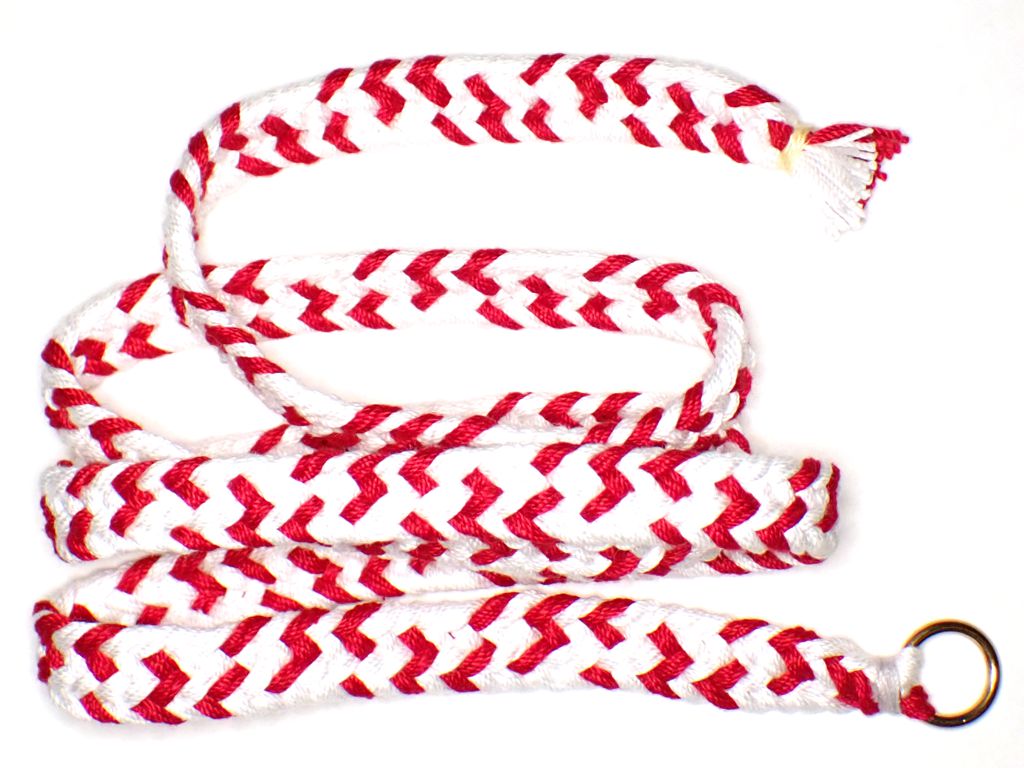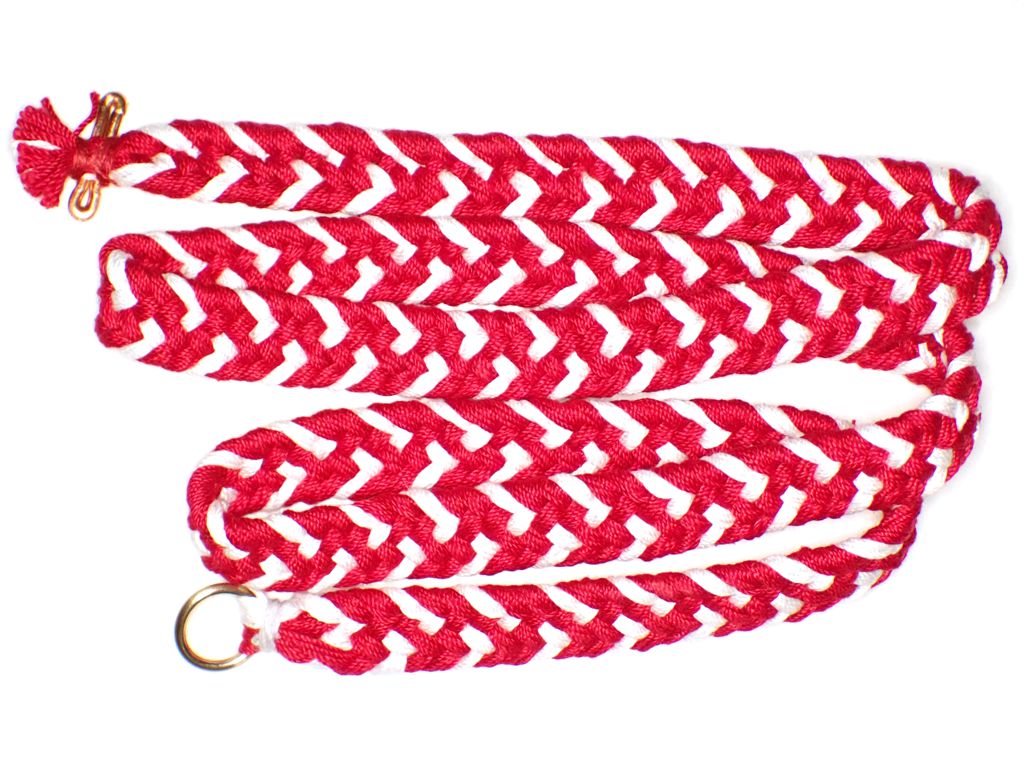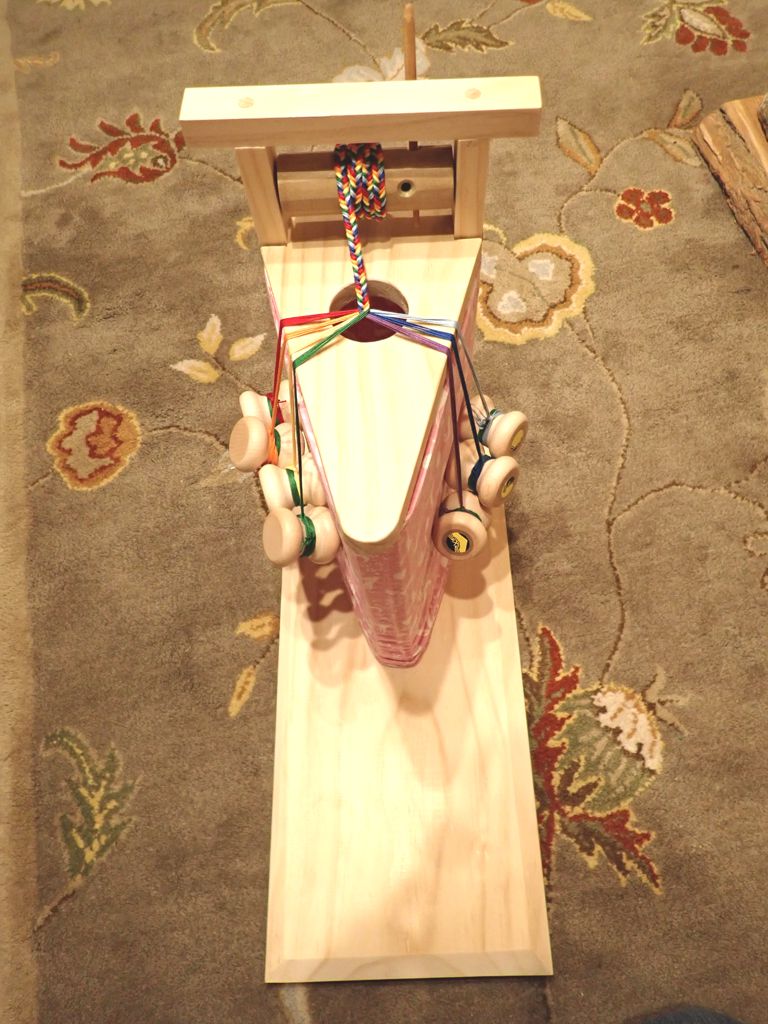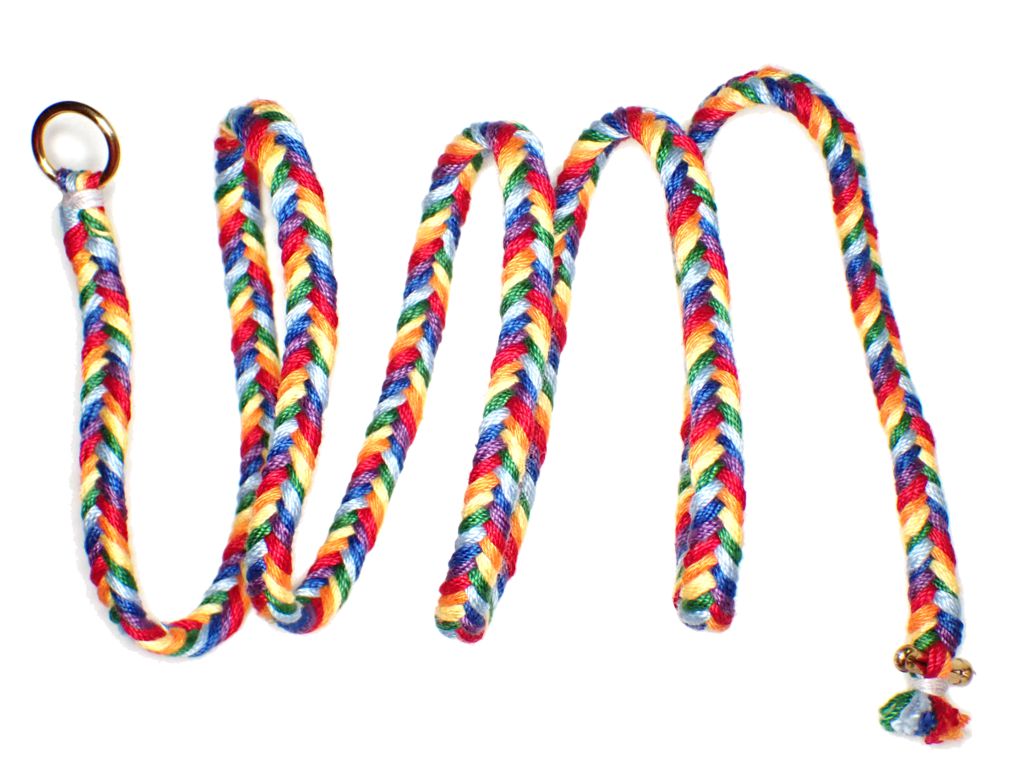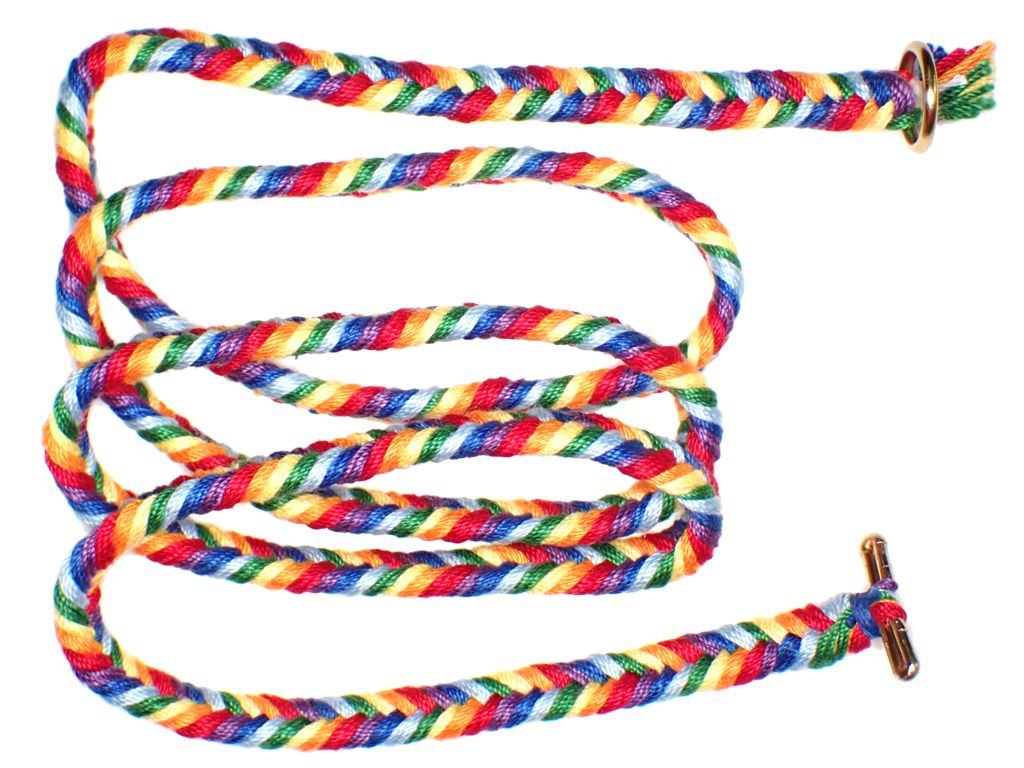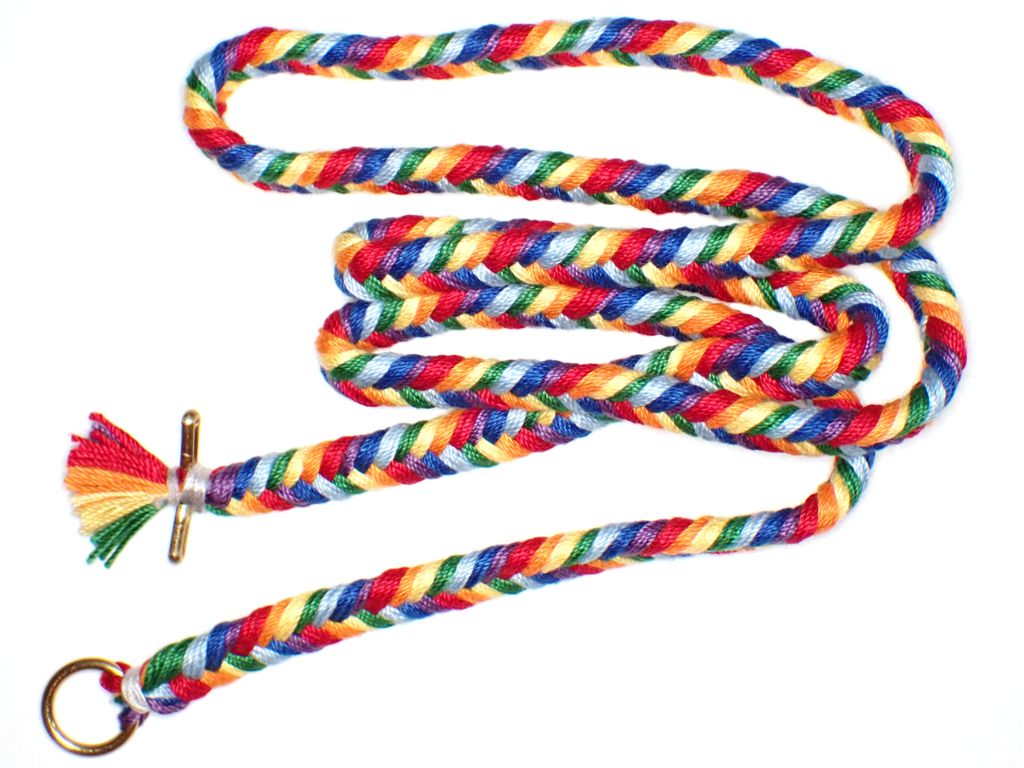A while back (apparently February of 2023), I saw the 2005 movie (starring Elijah Wood) that Liev Schreiber made from the 2002 novel. I was very taken by the film, and I knew that the novel would give me a different perspective on the story. I did not know how different these two stories would be. It took me about a month to read the novel.
The film details the “very rigid search” that a young American man (also named Jonathan Foer) makes to Ukraine to explore the history of his family there. Jonathan is the family collector. At home, Jonathan has a museum of his family’s history, filled with photos and artifacts. The film is narrated with voice over and vignetted with chapter cards by the young Ukrainian man who is hired to guide the American to “Trachimbrod” the birthplace of American’s grandfather Safran Foer. There are some flashbacks, but most of the film is the story of the search for Trachimbrod and what they find there.
The narration of the film is taken from letters that the guide, named Alex, writes to Jonathan after Jonathan has returned to the USA. Alex’s father runs “Heritage Tours”, the company that Jonathan hires to take him to Trachimbrod. Alex is the guide, pressed into service by his father, and Alex’s grandfather is the driver of the company car. Grandfather believes he is blind, so he has a seeing eye dog who he has named “Sammy Davis Junior, Junior”. Alex’s letters are printed in the book with his fractured English and editorial comments.
There is so much more in the book, however. Alex’s letters are interspersed with a history of Trachimbrod, and of Jonathan’s family there. This “history” is fantastic in the sense that it appears to be largely made of fantasies that Jonathan imagines to be the history of Trachimbrod. These fantasies are probably based on the artifacts that Jonathan retrieves from Trachimbrod, but an early detail in one of Alex’s letters reveals that these items were all stolen while Jonathan is still in Ukraine. This detail, like the note in the foreword to Lolita regarding the death of Mrs. Richard F. Schiller, will most likely be forgotten by the reader before its import becomes clear. None of this is included in the film.
The history of Alex’s family and its connection to the Foer family is also wildly different between the novel and the film. This is not a criticism of either. Both stories are poignant, enigmatic, and impactful. I don’t know if I think either story is better than the other. They are very different, though they end similarly. Alex’s final letters reveal more than the film about how he and his family fare after he returns home with his Grandfather.
Jonathan Safran Foer the author also wrote the novel Extremely Loud and Incredibly Close, which was also made into a film. For personal reasons, I have never allowed myself to watch that film, but perhaps I will read the book.
I am not sure if this is, strictly speaking, a book review.

